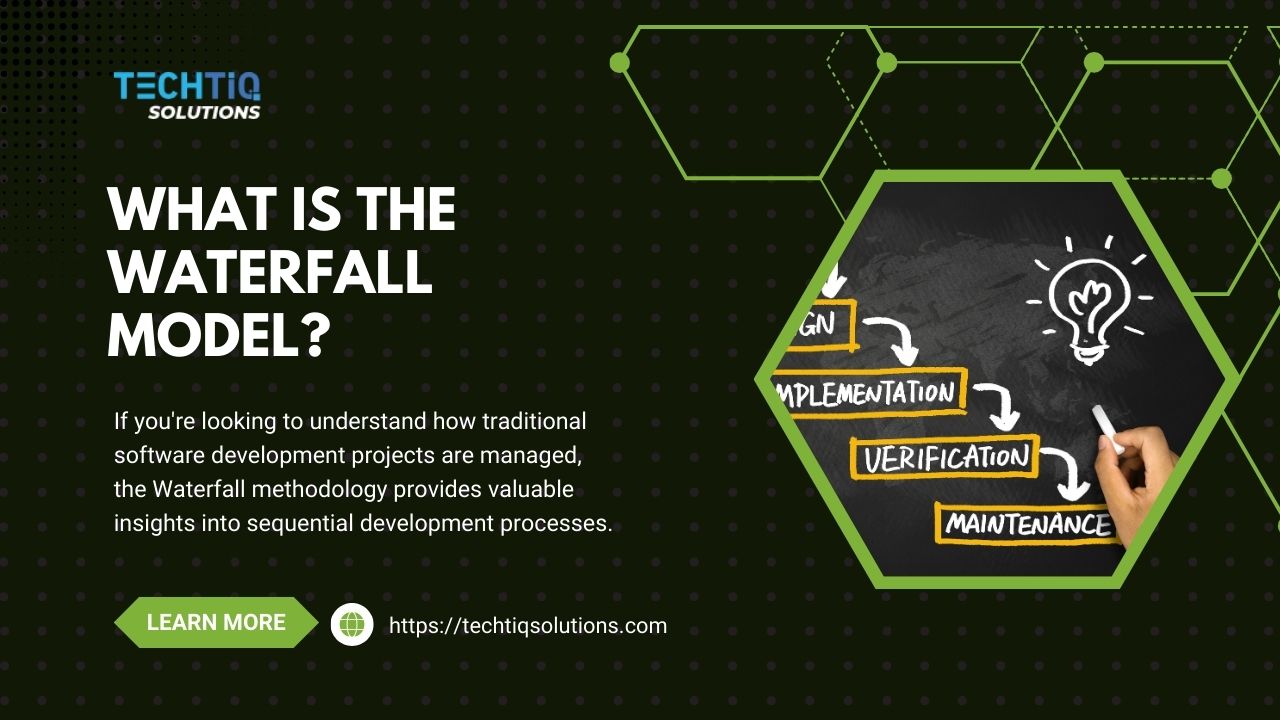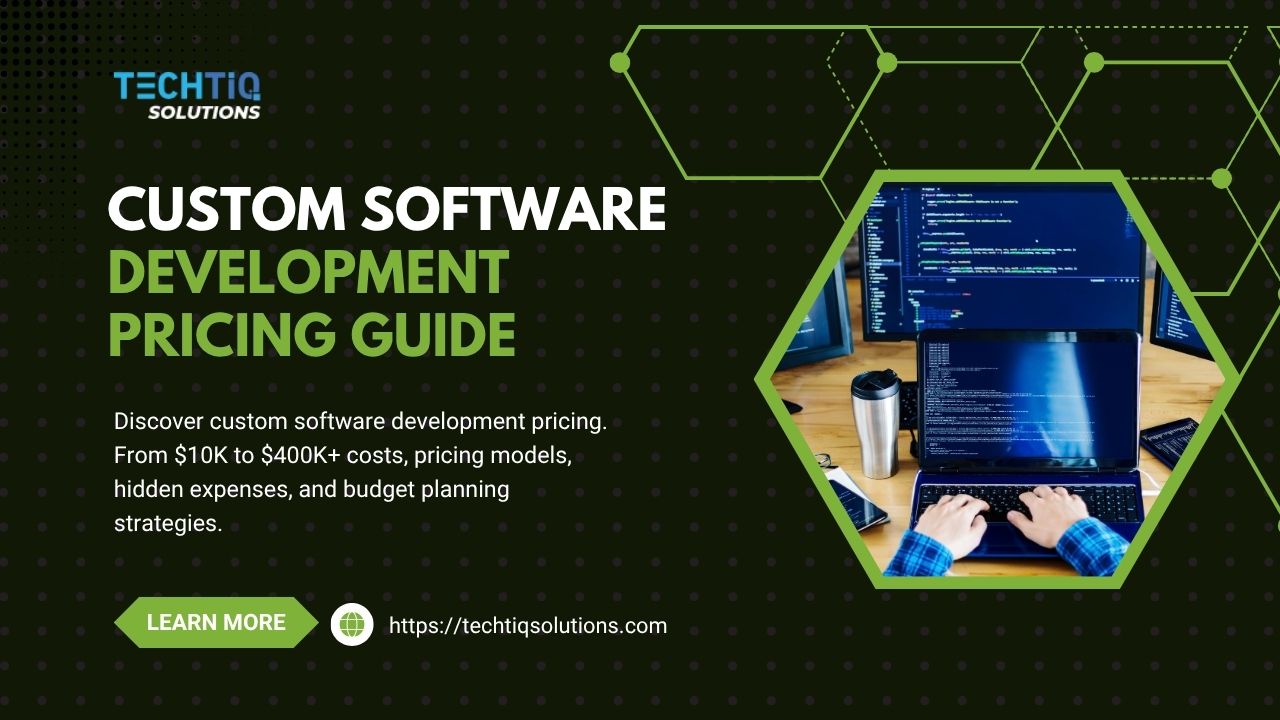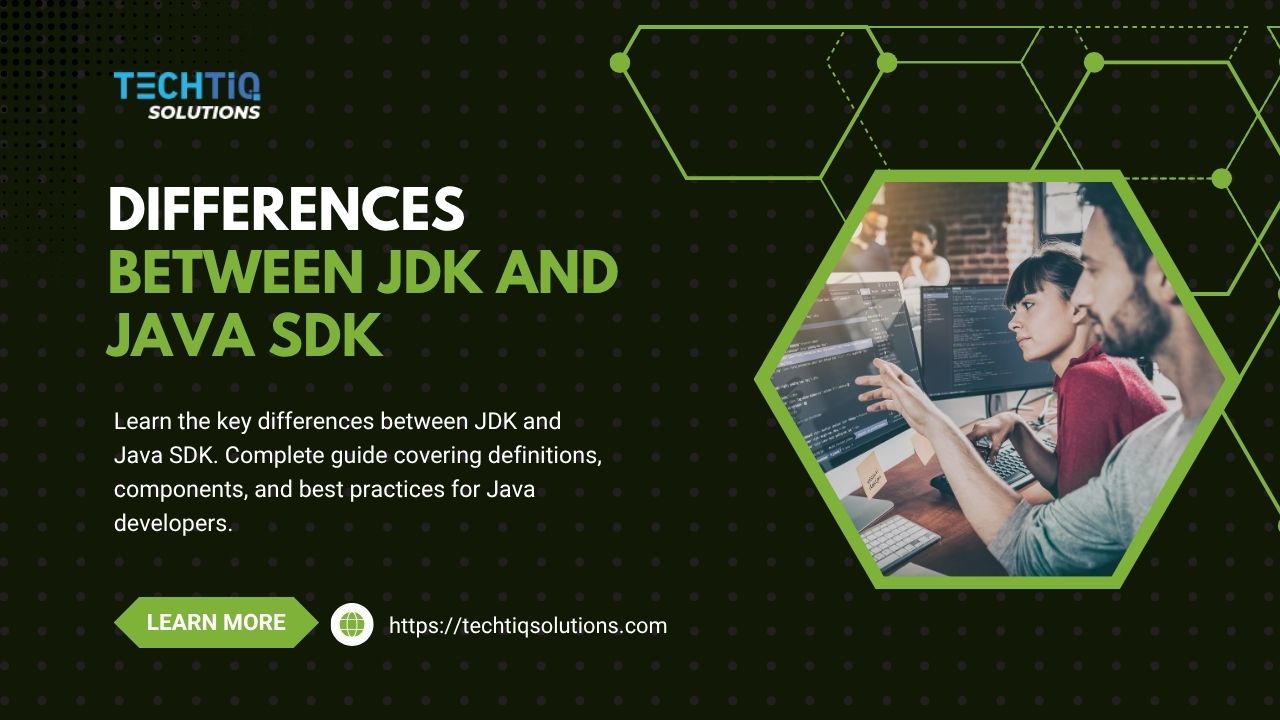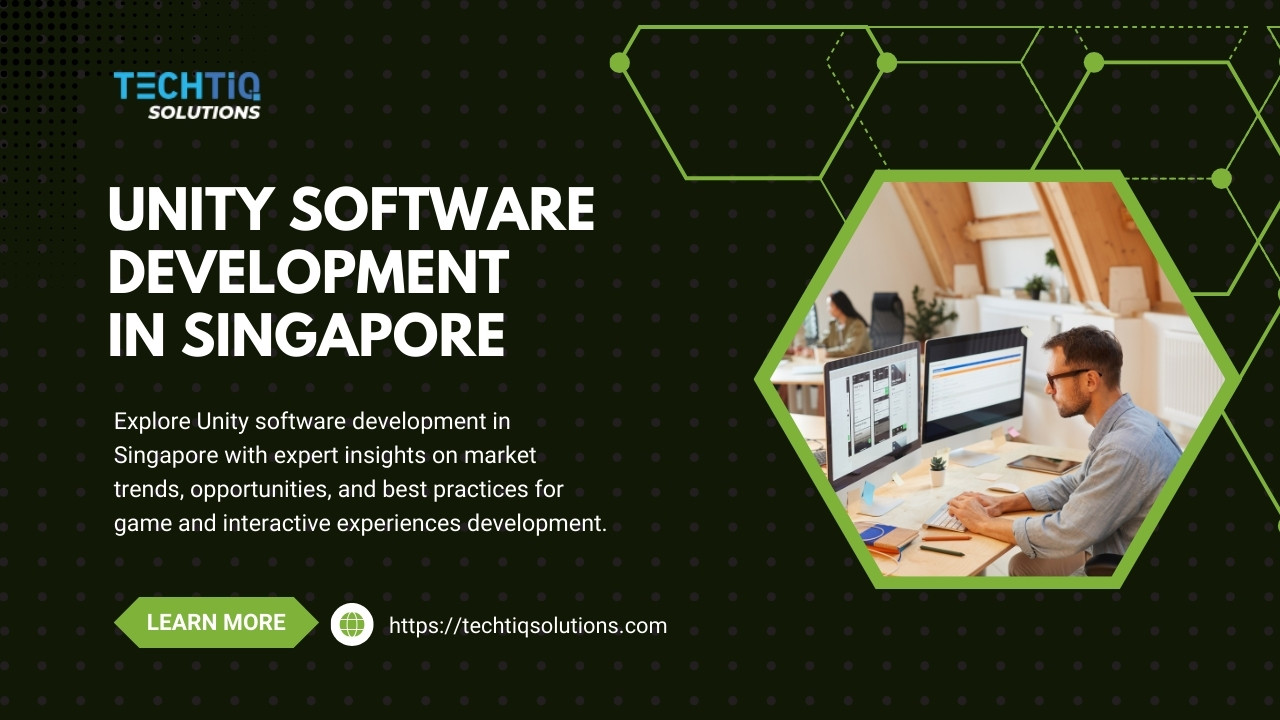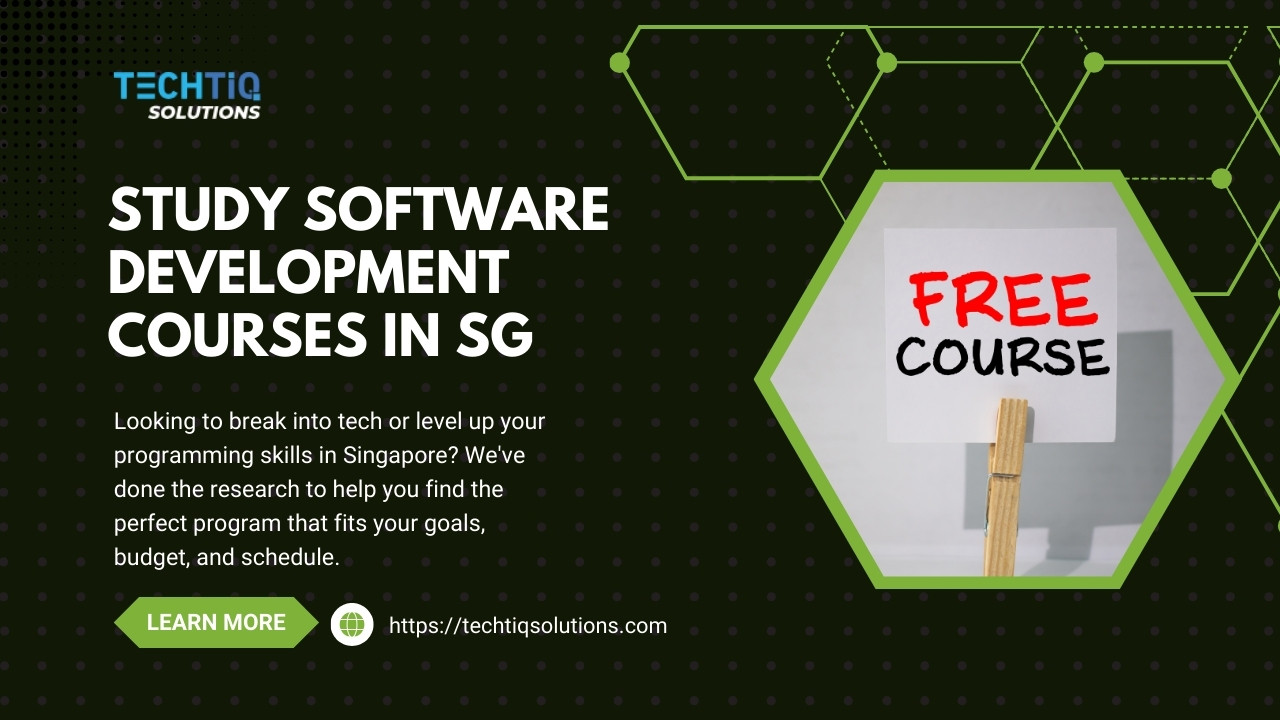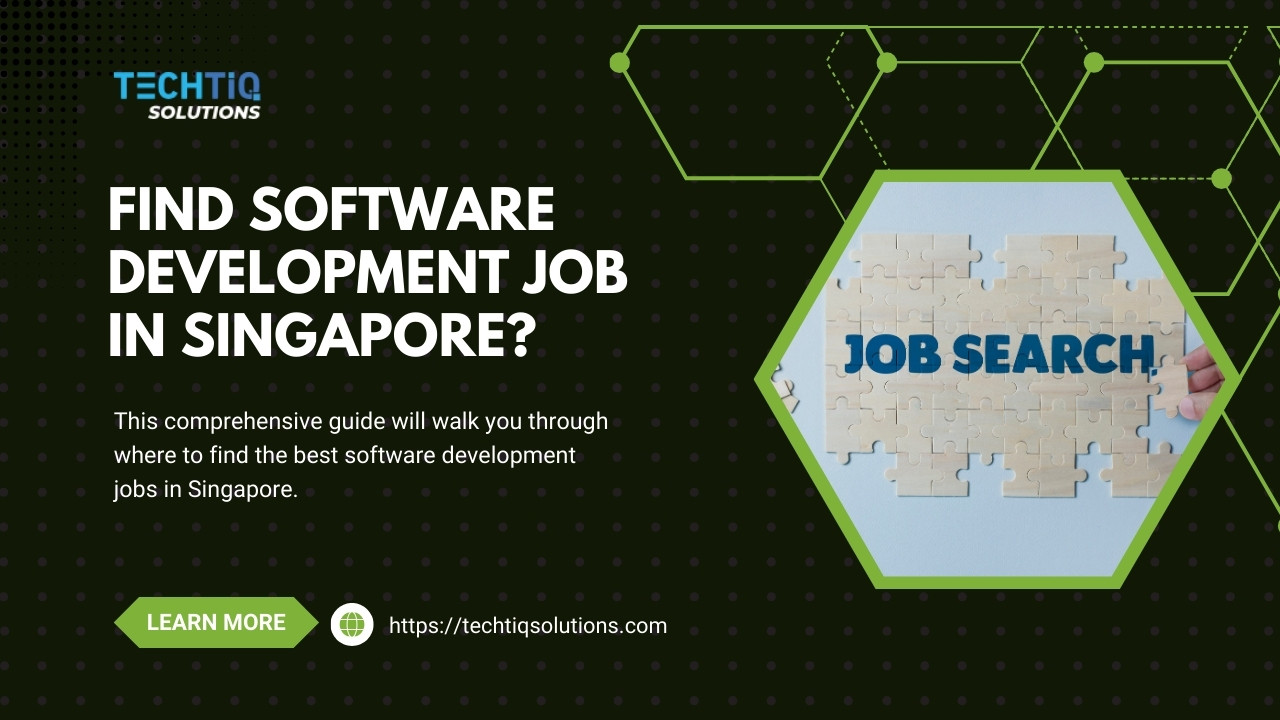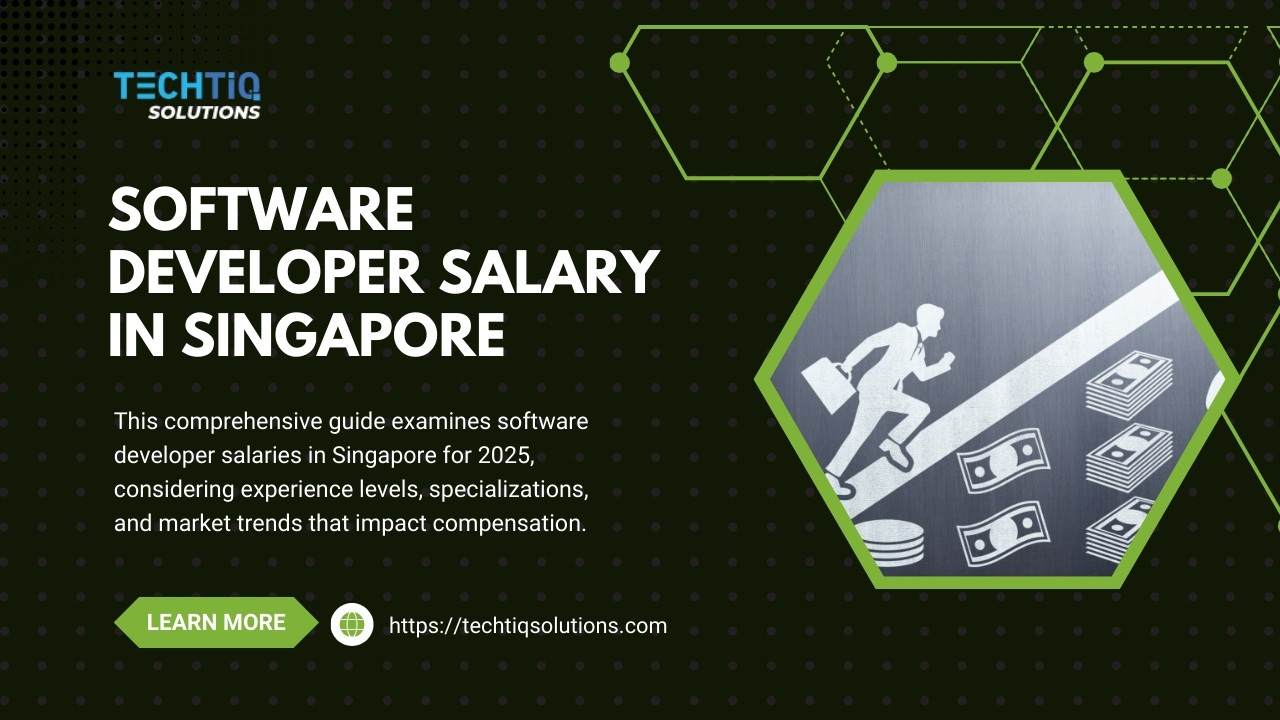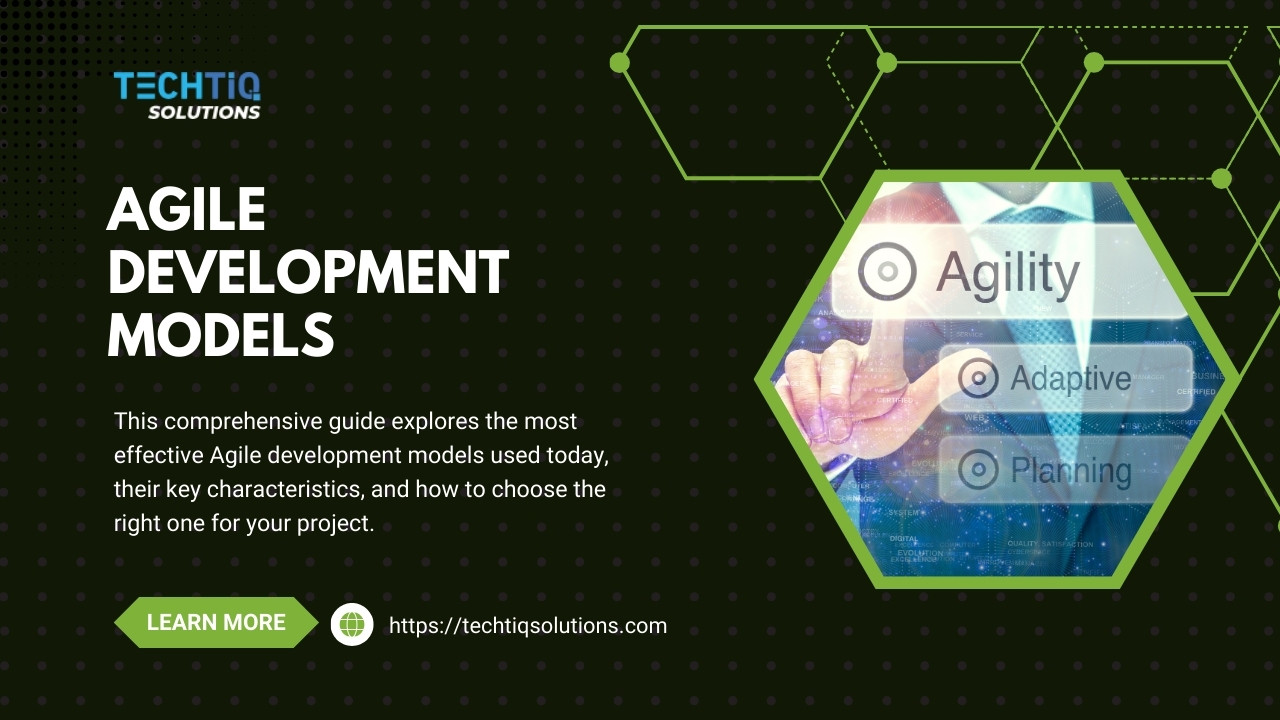The Waterfall Model represents one of the earliest and most structured approaches to software development. If you’re looking to understand how traditional software development projects are managed, the Waterfall methodology provides valuable insights into sequential development processes.
While newer methodologies have emerged, many organizations still rely on this classic approach for certain types of projects.
Key Takeaways
-
The Waterfall Model is a linear, sequential approach to software development with distinct phases that flow downward like a waterfall
-
Each phase must be completed before moving to the next, with minimal overlap between stages
-
Best suited for projects with well-defined requirements and minimal expected changes
-
Contains six main phases: Requirements, Design, Implementation, Verification, Maintenance
-
Despite limitations in flexibility, it remains valuable for projects needing extensive documentation and predictable outcomes
What is the Waterfall Model?
The Waterfall Model is a sequential software development process where progress flows steadily downward through several distinct phases, resembling a waterfall. This methodology follows a linear, step-by-step approach where each phase must be completed before the next begins. Originally described by Winston W. Royce in 1970, it became one of the first formalized methodologies for software development, though interestingly, Royce actually presented it as a flawed model that needed improvement. The model is characterized by its structured framework that comprises distinct phases, with a strong emphasis on detailed documentation and thorough planning (Cizmecioglu et al., 2021).
In the Waterfall Model, the development team works through clearly defined stages: requirements gathering, system design, implementation (coding), testing, deployment, and maintenance. The model emphasizes extensive documentation, with deliverables produced at each phase serving as inputs for the next phase.
The key characteristic of the Waterfall approach is that you can’t move to the next phase until the current one is complete and approved. Changes in requirements or design after their respective phases are difficult to implement, as the model doesn’t naturally accommodate going back to previous stages. This rigidity can pose significant challenges in projects where requirements may evolve due to changing market conditions or customer preferences (Alashqur, 2016).
The Six Phases of the Waterfall Model
1. Requirements Analysis
The first phase focuses on gathering and documenting all possible requirements for the software product. During this stage, business analysts and project managers:
-
Conduct stakeholder interviews
-
Create requirement documentation
-
Define system specifications
-
Create Software Requirement Specifications (SRS) documents
-
Establish project timelines and budgets
The requirements document becomes the foundation for all subsequent development work. For example, when TechTIQ Solutions worked on the Loan Management System project, they began with extensive requirements analysis to clearly understand notification needs for customers making payments.
2. System Design
Once requirements are finalized, the design phase begins. This stage translates requirements into a blueprint for building the system, including:
-
Architecture design (defining overall system structure)
-
Database design (data models, relationships, storage solutions)
-
Interface design (user screens, inputs, outputs)
-
Program design (modules, functions, algorithms)
The output usually includes design documents, architecture diagrams, database schemas, and interface mockups. These deliverables provide developers with a clear roadmap for implementation.
3. Implementation (Coding)
The implementation phase is where actual code writing takes place based on the design documentation. During this phase:
-
Developers write code according to design specifications
-
Small units of code (modules) are developed
-
Programming languages and tools specified in the design phase are used
-
Source code is documented for future maintenance
This phase transforms the design into a working software product, though at this stage it hasn’t yet been tested as a complete system.
4. Testing (Verification)
Once the coding is complete, the testing phase begins to verify that the software meets the specified requirements and is free of bugs:
-
Unit testing verifies individual components
-
Integration testing checks how components work together
-
System testing evaluates the complete system
-
User acceptance testing validates that the system meets business requirements
Testing is crucial in the Waterfall Model because returning to fix issues after deployment is difficult and costly. All defects found during testing must be addressed before proceeding to the next phase.
5. Deployment
After the software passes all tests, it’s ready for deployment to the production environment:
-
Software is installed on client systems
-
Legacy data might be migrated to the new system
-
Users are trained on using the new software
-
Documentation is provided for end-users
The deployment phase makes the software available to its intended users.
6. Maintenance
The final phase involves ongoing support and maintenance of the deployed software:
-
Bug fixes for issues discovered after deployment
-
Updates to accommodate changes in the business environment
-
Performance enhancements
-
Security patches
-
Adaptation to new hardware or software environments
Maintenance can be the longest phase of the Waterfall Model, potentially lasting for years until the software is eventually replaced.
Advantages of the Waterfall Model
Despite being one of the older software development methodologies, the Waterfall Model offers several significant benefits. While industry adoption has shifted significantly toward Agile approaches, with PMI’s 2018 survey indicating only about 44% of projects using a purely predictive (Waterfall) approach versus 30% Agile and 23% hybrid methodologies (PMI’s 2018 Pulse of the Profession), the Waterfall Model still provides important advantages in certain contexts:
Clear Structure and Discipline
The model enforces a disciplined, structured approach where each phase has specific deliverables and review processes. This creates:
-
Clear milestones for tracking progress
-
Well-defined transition points between project phases
-
Manageable checkpoints for project governance
-
Straightforward project management with clear phase boundaries
This structured methodology is particularly advantageous for projects with clear and stable requirements, where the explicit division of stages allows for easy management and tracking of progress (Pargaonkar, 2023).
Comprehensive Documentation
The emphasis on documentation at each phase creates a valuable knowledge base:
-
Detailed requirements and design documents serve as references throughout development
-
Documentation aids in knowledge transfer if team members change
-
Written records help maintain institutional knowledge for future updates
When TechTIQ Solutions developed the ActionWP Platform, comprehensive documentation played a critical role in ensuring successful implementation despite the complexity of modernizing an active website with multiple new features.
Easy to Understand and Manage
The straightforward, linear nature of the Waterfall Model makes it accessible:
-
Simple to explain to stakeholders and new team members
-
Easier project management with clear phase boundaries
-
Straightforward timeline projections
-
Well-understood roles and responsibilities
Suits Projects with Clear Requirements
For projects where requirements are well-understood and unlikely to change:
-
Creates predictable development cycles
-
Minimizes scope creep through formal change management
-
Works well for smaller projects with defined scope
Early Design Focus
By emphasizing thorough design before any coding begins:
-
Architectural issues can be identified early
-
System-wide design decisions become coherent
-
Development complexity is addressed in advance
Limitations of the Waterfall Model
While the Waterfall Model has strengths, it also comes with significant limitations that make it less suitable for many modern development scenarios. These limitations have contributed to the industry-wide shift toward more agile methodologies, with Gartner research showing that 85% of organizations have adopted or plan to adopt a product-centric (Agile) delivery model (Gartner: Shift to product-centric model for digital transformation):
Limited Flexibility
The sequential nature of the model makes adapting to change difficult:
-
Changing requirements after the initial phase is challenging
-
Revisions often require restarting much of the process
-
New market conditions or user needs can be difficult to incorporate
Delayed Working Software
Users don’t see working software until late in the project lifecycle:
-
No opportunity for early feedback on actual functionality
-
Potential mismatches between deliverables and user expectations
-
Risk of building the wrong solution if requirements were misunderstood
Risk Accumulation
Risks tend to accumulate and manifest late in the project:
-
Issues with design or requirements may only become apparent during testing
-
Problems discovered late are more expensive to fix
-
Project failures often become evident only after significant investment
These risk factors are reflected in project success rates. According to the Standish Group’s CHAOS research (2011-2015), Waterfall projects had a success rate of only 11% compared to 39% for Agile projects, and a failure rate of 29% versus just 9% for Agile (Why Are We So Bad at Managing Software Projects?). This significant difference in outcomes has been a major driver in the industry’s shift toward more iterative approaches.
Not Ideal for Complex Projects
Modern software projects with evolving requirements face challenges with this model:
-
Poor fit for projects where requirements are initially unclear
-
Struggles with innovative products where user needs evolve
-
Difficult to use when technology is rapidly changing
When to Use the Waterfall Model
Despite its limitations, the Waterfall Model remains appropriate for specific scenarios and project types. While industry adoption has shifted significantly toward Agile approaches, with one survey noting Agile usage in software teams jumped from 37% to 86% between 2019 and 2021 (Agile Statistics), there are still contexts where Waterfall provides advantages.
Industry-Specific Adoption Patterns
The adoption of Waterfall vs. Agile methodologies varies significantly by industry:
-
Technology & Software: This sector has the highest Agile uptake, with 86% of software development teams using Agile/DevOps practices by 2021 (Agile Statistics). Waterfall is now rare in pure software companies.
-
Financial Services: Once traditional, banks have rapidly adopted Agile with 58% of financial services organizations using Agile always/often (PMI Future of Project Work).
-
Government & Defense: Historically Waterfall-dominated, government IT has shifted dramatically, with 80% of U.S. federal IT projects using Agile or iterative methods by 2017 (Agile Statistics).
-
Healthcare & Pharmaceuticals: This sector has been slower to adopt Agile, with only about 8% of respondents in healthcare/pharma reporting Agile usage (Agile Statistics). Regulatory requirements and safety-critical systems make Waterfall still common here.
-
Manufacturing: Traditional manufacturing projects often follow Waterfall processes, with only about 27% of manufacturers using Agile project management (Project Management Statistics).
These industry patterns highlight where Waterfall continues to provide value. Specifically, the model is best suited for:
Projects with Clear Requirements
The model works best when what needs to be built is well-understood:
-
Systems replacing existing software with known functionality
-
Projects with fixed scope and stable requirements
-
Applications in regulated industries with predefined specifications
For instance, when TechTIQ Solutions worked on the Mobile Team Manager project for traffic management business, the clear requirements for job scheduling, shift management, and asset tracking made a structured approach effective.
Projects Requiring Extensive Documentation
When comprehensive documentation is necessary or mandated:
-
Systems requiring regulatory compliance
-
Critical infrastructure with strict validation needs
-
Projects with contractual documentation requirements
The Waterfall Model is commonly used in industries that prioritize documentation and compliance, such as healthcare and finance (Ruparelia, 2010). In the healthcare and pharmaceutical sectors, for example, research has found that Agile adoption is lower than in other industries, with only about 8% of respondents working in healthcare/pharma using Agile methodologies (Agile Statistics), suggesting that many healthcare projects still use Waterfall or stage-gate methodologies.
Projects with Limited Client Interaction
When ongoing client feedback isn’t possible or necessary:
-
Systems with predefined interfaces to existing software
-
Projects where stakeholders have limited availability
-
Applications with established user patterns
Simple, Short-Duration Projects
For straightforward projects with limited complexity:
-
Small-scale applications with defined scope
-
Projects with tight deadlines and clear deliverables
-
Systems with minimal integration requirements
Waterfall vs. Agile: Key Differences
To fully understand the Waterfall Model, it’s helpful to contrast it with Agile, which has become the dominant methodology for modern software development. According to research, 71% of companies now report using Agile approaches in some form (Agile Adoption Statistics), making it the new standard. This shift has been driven by measurable business outcomes, with 60% of companies reporting profit growth after adopting Agile practices (Agile Adoption Statistics).
The differences between these methodologies have significant implications for project outcomes:
|
Aspect |
Waterfall |
Agile |
|
Process Structure |
Linear, sequential phases |
Iterative, incremental cycles |
|
Requirements |
Defined upfront, difficult to change |
Evolve throughout development |
|
Documentation |
Comprehensive, formal documentation |
Lighter documentation, working software prioritized |
|
Client Involvement |
Primarily during requirements and testing |
Continuous throughout development |
|
Deliverables |
Complete product at the end |
Working increments throughout the project |
|
Testing |
After development is complete |
Throughout each iteration |
|
Risk Management |
Risks often surface late |
Early identification and mitigation |
|
Adaptability |
Limited capacity for change |
Designed for adaptation |
|
Team Structure |
Often siloed by specialization |
Cross-functional, collaborative teams |
|
Success Rate |
~11% (Standish CHAOS definition) |
~39% (3.5× higher than Waterfall) |
|
Failure Rate |
~29% of projects fail |
~9% of projects fail (3× lower than Waterfall) |
|
Budget Performance |
45% of low-agility orgs stay on budget |
67% of high-agility orgs stay on budget |
Sources: Standish Group CHAOS Report (Why Are We So Bad at Managing Software Projects?), PMI Pulse of the Profession, PwC (Agile vs Waterfall: Which Method is More Successful?)
TechTIQ Case Study: Loan Management System
TechTIQ Solutions successfully employed a Waterfall approach for a Loan Management System project that demonstrates the methodology’s strengths for well-defined business requirements.
The client required a specific enhancement to their existing system: notifications on users’ home pages when customers had upcoming payments due, with configurable notification timing. This feature had clear, stable requirements with minimal expected changes.
TechTIQ applied the Waterfall methodology by:
-
Requirements Phase: Thoroughly documenting the notification requirements, specifying the exact business rules for when notifications should appear
-
Design Phase: Creating detailed designs for user interfaces and database schema changes
-
Implementation Phase: Developing the notification system using .NET, MVC, AngularJS, and Bootstrap
-
Testing Phase: Conducting comprehensive testing to verify notifications appeared at the correct times
-
Deployment Phase: Rolling out the enhancement to the production environment
-
Maintenance Phase: Providing ongoing support
The structured approach ensured clear expectations throughout the project, with well-defined deliverables at each stage. The comprehensive documentation created during the process continues to serve as a valuable reference for maintaining and extending the system.
TechTIQ Case Study: Purchase Wizard
Another example of TechTIQ’s successful implementation of the Waterfall Model is the Purchase Wizard web application project.
This project required developing a comprehensive system for managing properties, purchasers, co-brokers, solicitors, deposit schedules, and agreement generation. The application needed to work on both desktop and tablet environments, supporting agreement signatures and including specialized features like barcode scanning and driver license PDF scanning.
TechTIQ approached this project using the Waterfall methodology because:
-
Requirements were clearly defined: The client had a precise understanding of all features needed
-
Comprehensive documentation was essential: The legal nature of property transactions required detailed documentation
-
Integration points were known: The system needed to interact with existing document processes
The project was executed through distinct phases:
-
Requirements Analysis: Documenting all property management, stakeholder management, document generation, and scanning requirements
-
Design: Creating a 3-layer design pattern architecture
-
Implementation: Building the system using .NET MVC, Web API, Entity Framework, Hangfire, jQuery, Bootstrap, SQL Server, and AngularJS
-
Testing: Verifying all features worked correctly across devices
-
Deployment: Implementing the system for production use
-
Maintenance: Providing ongoing support
The structured approach helped manage the complexity of the application and ensured all required features were properly implemented. The end result was a comprehensive system that met all the client’s needs for managing property purchases.
Hybrid Approaches: Adapting the Waterfall Model
While the pure Waterfall Model has limitations in today’s fast-changing environment, organizations have developed hybrid approaches that preserve its strengths while addressing some weaknesses. According to PMI’s research, about 23% of projects in 2018 used hybrid methodologies (PMI’s 2018 Pulse of the Profession), and 32% of organizations plan to integrate hybrid approaches going forward (Project Management Statistics)
Incremental Waterfall
This approach breaks a large project into smaller, manageable segments:
-
Each segment follows the Waterfall process
-
Segments are delivered sequentially
-
Earlier segments provide feedback for later ones
-
Allows some adaptation while maintaining structure
Iterative Waterfall
This variant includes planned iteration cycles:
-
The full Waterfall process is followed
-
After delivery, another Waterfall cycle begins for enhancements
-
Each cycle builds on the previous one
-
Offers balance between structure and adaptability
Agile with Waterfall Elements
Some organizations incorporate Waterfall elements within an Agile framework:
-
Upfront requirements and design for foundational elements
-
Agile iterations for feature development
-
Formal documentation for critical components
-
Combines stability with flexibility
Best Practices for Implementing the Waterfall Model
If your organization decides to use the Waterfall methodology, these best practices can help maximize its effectiveness. Research shows that when formal project management methodologies are properly applied, projects have similar success rates regardless of whether they use predictive, Agile, or hybrid approaches (PMI’s Pulse of the Profession 2018)
Invest in Requirements Gathering
Since the model relies heavily on accurate initial requirements:
-
Allow sufficient time for thorough requirements analysis
-
Involve all stakeholders in requirements reviews
-
Use prototypes or mockups to validate understanding
-
Document assumptions and constraints
Build in Quality Gates
Establish formal review processes between phases:
-
Conduct structured reviews of deliverables
-
Include checklists for common issues
-
Involve stakeholders in approvals
-
Document decisions and open issues
Create Detailed Documentation
Since documentation is a core strength of the Waterfall approach:
-
Develop standards for different document types
-
Establish version control procedures
-
Create accessible repositories for documentation
-
Ensure documents remain updated
Establish Change Management Processes
While the model resists change, having processes to handle necessary changes is vital:
-
Define formal change request procedures
-
Analyze impact across all affected phases
-
Maintain traceability between requirements and implementation
-
Update all relevant documentation when changes occur
Plan for Risk Management
Address the tendency for risks to accumulate in later phases:
-
Identify potential risks early in the process
-
Create mitigation strategies for high-impact risks
-
Conduct regular risk review sessions
-
Prioritize addressing risks that could derail the project
Conclusion: Is the Waterfall Model Right for Your Project?
Despite the rise of Agile methodologies, the Waterfall Model remains relevant for specific types of projects. Industry trends show a clear shift away from pure Waterfall approaches, with Gartner projecting that by 2022, about 80% of IT work would be executed in product (Agile) mode (Gartner: Shift to product-centric model for digital transformation). However, this doesn’t mean Waterfall has no place in today’s development landscape.
When deciding whether to use this approach, consider:
-
Requirement Stability: How well-defined and stable are your requirements?
-
Regulatory Environment: Does your industry require extensive documentation?
-
Team Experience: Is your team comfortable with the methodology?
-
Project Complexity: Is the project straightforward enough for a linear approach?
-
Stakeholder Availability: Will stakeholders be available throughout the process or mainly at key milestones?
The Waterfall Model continues to offer value through its emphasis on planning, documentation, and structured development. For projects with clear requirements and defined scope, it provides a straightforward path from concept to completion. However, for projects with evolving requirements or in rapidly changing environments, more adaptive methodologies may be more appropriate.
Each development methodology has its strengths and weaknesses. Understanding the Waterfall Model—both its benefits and limitations—enables organizations to make informed decisions about when to apply it and when to consider alternatives. Research by PMI indicates that whether a project used predictive, Agile, or hybrid approach, those that applied a formal project management methodology met their goals and deadlines at similar high rates (PMI’s Pulse of the Profession 2018). The key is selecting the right methodology for your specific project needs rather than following industry trends blindly.
Need Custom Software Development with a Structured Approach?
If your organization has a well-defined software project that could benefit from a structured development approach, TechTIQ Solutions, a top software development company in Singapore, can help. Our experienced team has successfully delivered numerous projects using both traditional and modern methodologies, adapting our approach to meet each client’s specific needs.
Whether you need custom software development solutions or enterprise software development services, we provide comprehensive expertise from requirements analysis through deployment and maintenance.
Contact TechTIQ Solutions today to discuss how our expertise can bring your software vision to life with clarity and precision:
-
Email: inquiry@techtiqsolutions.com
-
Phone: (+65) 8898 2997
-
Address: 28 Sin Ming Lane #02-145, Midview city, Singapore 573972
